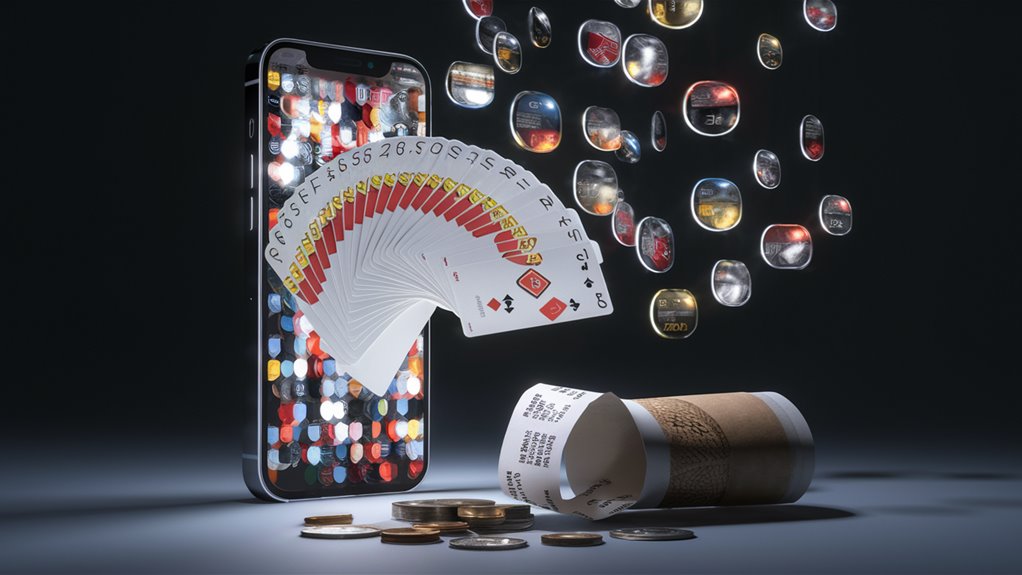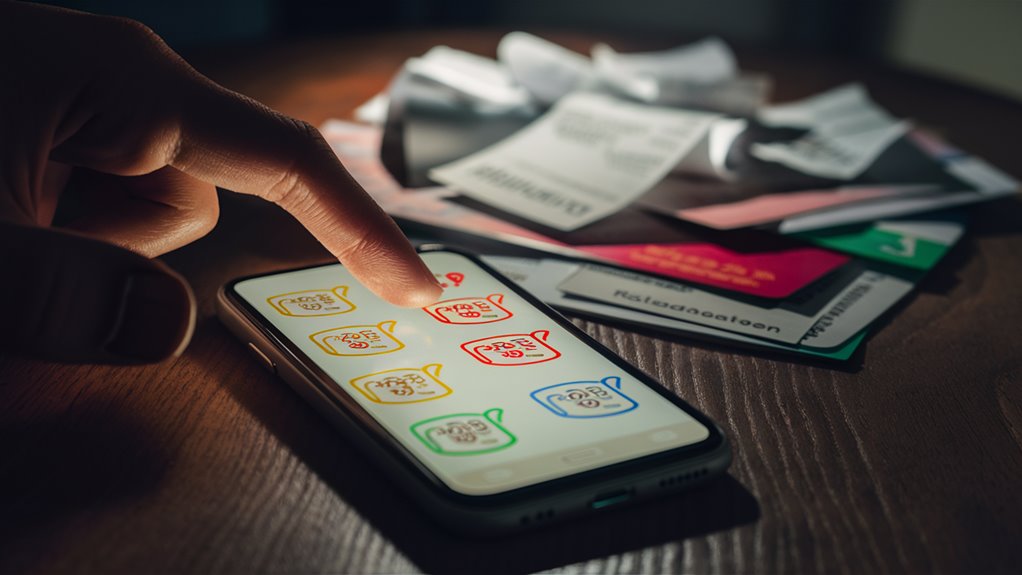
Why You Keep Chasing Points

The Power of Reward Systems
Reward ideas play on your brain to make you buy more often. Research says that people in these systems spend 12-18% more a year than those who aren’t due to smart reward setups. 여기서 안전성 확인하기
Main Draws
The goal-gradient effect pushes you to spend 20% more as you get close to rewards. Plus, fear of losing drives you to work twice as hard to hang onto points than to earn new ones.
Changing Your Shopping Habits
- A big 73% of folks in these deals check their points each month and shop based on what they find.
- Even more, 67% grab more items just to keep points from running out, showing how these plans rule shopping.
Hidden Costs
The deep plan behind these hooking reward systems aims to alter your spending. While you think you’re saving money with cards, you’re often spending more, turning these programs into a huge win for stores and companies.
The Appeal of Points
What Draws You In
A top reward card does more than simplify payments—it taps into basic brain tricks to make you spend more. Research notes 84% stick to brands with reward deals, showing their clout in keeping customers.
Key Brain Games

The Goal-Gradient Effect
Spending rises sharply when people near reward points, with stats showing up to 20% more spending as they approach these marks. This demonstrates how goals motivate us more when they’re near.
Fear of Loss
The idea of losing points sets off major alarms in our brain. We strive twice as hard to not lose current points compared to earning new ones, making expiry dates a crucial draw for these systems.
Smart Initial Bonus
Starting with bonus points pulls more folks in, increasing signup rates by 30%. This tactic on getting an early edge keeps people hooked.
Why We Keep Watching
FOMO is crucial in these systems. Data reveals 73% check their points monthly, keeping them in the loop of checking and craving more rewards.
Keeping Customers Hooked
All these mind games create a solid strategy for keeping customers. By tapping into how we think, reward programs forge strong bonds with brands through clever reward tails and keep us coming back.
When ‘Free’ Is Costly
Hidden Costs
Reward schemes mess with your brain while hiding real costs behind ‘free’ prizes. Research finds people often spend 12-15% more than needed just to hit point goals, paying more than the rewards’ worth. By chasing points and status, customers overlook better deals elsewhere or get things they don’t need.
The Real Costs
- Spending more monthly to gain card points can add up—a $200 extra every month means $2,400 a year gone, way more than any trip or free item. The Hidden Algorithms Behind Online Slots
- Data shows 67% buy extra stuff on impulse just to keep points fresh, turning these buying habits costly.
Sneaky Points Math
Points shrink in value by about 8-12% each year due to program changes, and rules for using them push you to spend more. When including the costs of annual fees, minimum spends, and staying with one brand, these ‘free’ rewards often cost much more than they appear. The math behind these plans always favors the store, not you.


